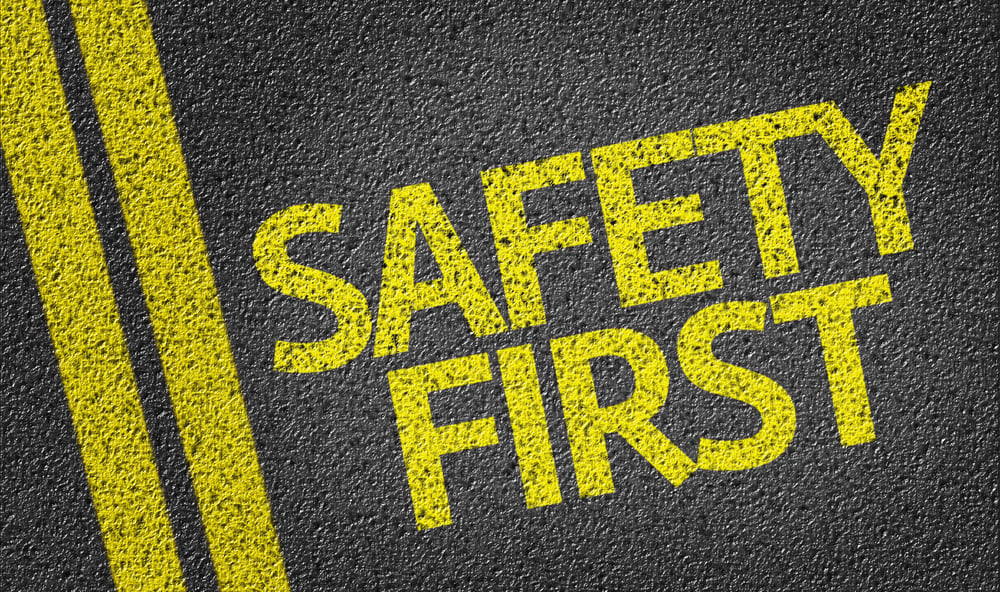The Building Blocks of a Safe Workplace
Building a comprehensive safety culture is the best way to reduce illnesses and injuries, and their associated costs. But creating such a culture is...

When a workers’ compensation claim occurs within your organization, it’s crucial to do everything you can to support the ill or injured employee’s recovery. After all, these efforts can help the employee return to work in a healthy and timely manner, thus minimizing the resulting claim expenses.
With this in mind, one of the best ways to bolster an ill or injured employee’s recovery is to establish a solid relationship with their medical provider. This practice can allow you to better understand the nature of the employee’s illness or injury, as well as permit the provider to gain additional insight into the unique characteristics of your workplace. In turn, these benefits can help ensure the employee receives an effective treatment regimen—promoting a safe and speedy healing process.
Review the following guide to learn more about why it’s important to foster strong relationships with the medical providers in your workers’ compensation program and the best practices for doing so.
 When an employee experiences an occupational illness or injury, their medical provider is responsible for selecting the right treatment plan and determining when (and in what capacity) the employee will be able to return to work. However, if your organization lacks a relationship with the medical provider, they will likely possess a limited knowledge of your workplace and your ability to support the employee in their recovery. Consequently, the following issues could occur:
When an employee experiences an occupational illness or injury, their medical provider is responsible for selecting the right treatment plan and determining when (and in what capacity) the employee will be able to return to work. However, if your organization lacks a relationship with the medical provider, they will likely possess a limited knowledge of your workplace and your ability to support the employee in their recovery. Consequently, the following issues could occur:
That being said, building a relationship with the medical provider will enable you to share valuable information regarding the employee’s job responsibilities, workplace conditions, and return-to-work program offerings.
As a result, you and the medical provider will be able to work together as a team to make more informed decisions regarding the employee’s treatment regimen and return-to-work capabilities—allowing them to resume their role as safely and efficiently as possible.
Further, the medical provider’s increased knowledge of your workplace will permit them to give you tailored guidance on how to best protect the employee from reaggravating their ailment, keeping workers’ compensation claim expenses under control.
The first step in fostering a solid relationship with the medical providers in your workers’ compensation program is to understand the provider selection process. Specifically, it’s important to note that state workers’ compensation laws determine how medical providers can be chosen.
In some states, organizations are permitted to select the medical provider or provide a panel of potential providers for their ill or injured employees to seek treatment. If your organization is allowed to do so, be sure to conduct diligent research on the medical providers in your area. Based on your research, select trusted providers with plenty of experience, a background in occupational medicine, and, if possible, expertise in your particular industry.
In other states, ill or injured employees are permitted to make their own medical provider selections. Under these circumstances, your organization should consult employees on their chosen medical providers and reach out to these providers to start building relationships.
Regardless, your organization can take the following steps to secure a strong relationship with any given medical provider within your workers’ compensation program:
Contact us today for additional workers’ compensation resources.

Building a comprehensive safety culture is the best way to reduce illnesses and injuries, and their associated costs. But creating such a culture is...

Cumulative injuries are some of the most expensive and complex workers’ compensation claims an organization will deal with. These injuries typically...

The Importance of Prompt Claims Reporting